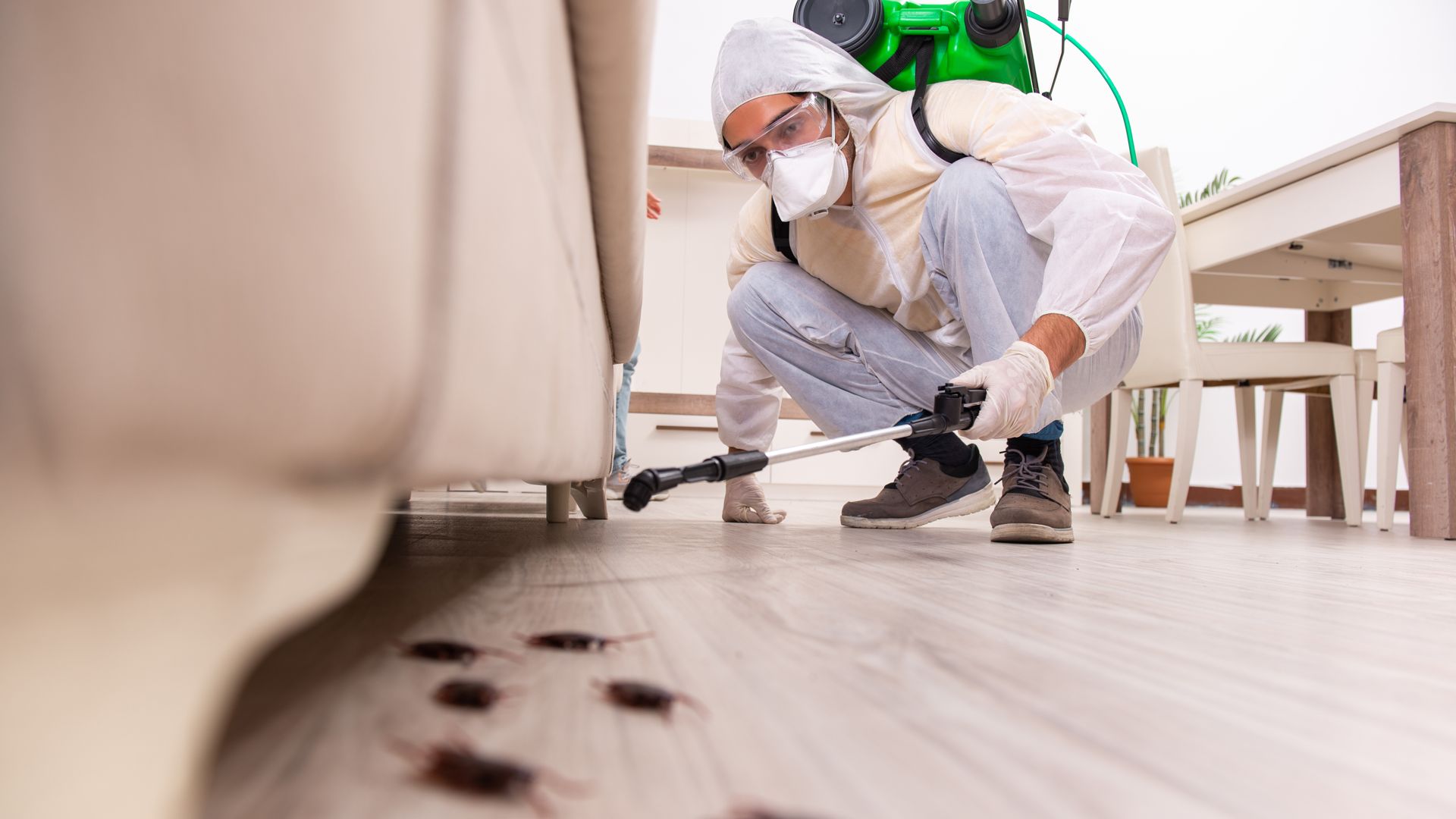
Quality Ant Control In California
Some of the most common insects are ants, and at HomeShield Pest Control, our goal is to make sure the ants stay out of your home and/or office. Along with our comprehensive California pest control service, we also specialize in ant control and extermination.
Identifying Ants In California
In California, there are multiple types of ants to worry about including carpenter ants, odorous house ants, and fire ants (both indigenous and imported).
- The carpenter ant is the most common in California and spends its time carving tunnels in wood. This can lead to structural issues in homes or buildings and is one reason it’s important to exterminate these pests as soon as they are seen. Carpenter ants are usually red or black with one waist (or node) and a smoothly rounded back (or thorax).
- Odorous house ants are small, dark brown ants that will nest anywhere moist or warm, including behind baseboards and in cabinet voids.
- Indigenous fire ants (also known as red ants) generally keep away from humans and live in large mounds in the wild.
- The red imported fire ant has colonized the southeastern United States and is now making it’s way through California as well. These imported red ants will have a copper-colored head and a darker body. They also come in multiple sizes. The danger with the red imported fire ant is that they are much more aggressive and will attack anything that disturbs the mound, biting and injecting the intruder with a toxic venom that is dangerous to humans.
If you are seeing ants in or around your home and would like a professional’s help in removing or controlling them, give us a call and one of our professional and courteous technicians will come out and help. Learn more about the ant coverage included in our residential and commercial pest control services.
Contact us online or give us a call at (888) 720-3618 to schedule an appointment for our ant control services in Sacramento today!

Our Pest Control Services
we provide reliable home pest control and commercial pest control solutions.
Ant Extermination For San Diego, Los Angeles, Orange, & Sacramento County
At HomeShield Pest Control, we offer ant elimination services in all of the regions surrounding Sacramento, as well as the areas surrounding Los Angeles County, Orange County, & San Diego County.
-
Counties We Serve
-
Orange County
- Aliso Viejo
- Anaheim Hills
- Anaheim
- Brea
- Buena Park
- Corona Del Mar
- Costa Mesa
- Coto De Caza
- Cypress
- Dana Point
- Foothill Ranch
- Fountain Valley
- Fullerton
- Garden Grove
- Huntington Beach
- Irvine
- Ladera Ranch
- Laguna Beach
- Laguna Hills
- Laguna Niguel
- Laguna Woods
- La Habra
- Lake Forest
- La Palma
- Las Flores
- Los Alamitos
- Midway City
- Mission Viejo
- Newport Beach
- Newport Coast
- North Tustin
- Orange
- Placentia
- Rancho Santa Margarita
- Rossmoor
- San Clemente
- San Joaquin Hills
- San Juan Capistrano
- Santa Ana
- Seal Beach
- Silverado
- South Coast Metro
- Stanton
- Sunset Beach
- Trabuco Canyon
- Tustin
- Villa Park
- Westminster
- Woodbridge
- Yorba Linda
Why Our Customers Love Us
HomeShield Pest Control received an average rating of 5.0 out of 5 stars from over 8000+ reviews.
-
Homeshield was great to work with!“Homeshield was great to work with! My wife and I encountered a really bad termite problem at our new home during the renovation phase, and needed treatment asap so that renovation could resume. Mike drove all the way down for an inspection, and was very thorough in his explanations. He was able to match a competitor's price for the treatment and locked in a day for the following week. Daniel and Elias, the technicians, were very communicative about their ETA and did a good job explaining their respective roles. All in all, a quick and easy process. Thank you, Homeshield!”- James Y.
-
Pleasant, friendly and respectful.“Bronson announced his arrival and departure. He inquired if there was anything specific that we wanted done prior to him starting his regular service. Pleasant, friendly and respectful.”- Joseph S.
-
Will continue using homeshield!“
Amazing work! Switched from Terminex as I was tired of having scheduling issues and wanted something eco friendly for my dogs and upcoming baby.
”
I definitely recommend trying to get Jose Garcia as your technician as he was very communicative and kept us updated throughout the service process.
Will continue using homeshield!- Chris P.M. -
Humble and helpful. Does what ever we are asking for.“You guys provide very quality service. We are very happy with the service. Every time the person comes to our place to provide service is very humble and helpful. Does what ever we are asking for. Thank you.”- Arif S.
-
Excellent experience. Super professional and thorough“
Excellent experience. Super professional and thorough. Found them through yelp and they called immediately with affordable options and set up an appointment. The technician was wonderful. Would highly recommend.
”- Samantha S. -
Quote came within minutes and price was very reasonable.“
Dee provided a very thorough and detailed inspection. Walked us through the entire process and what we could expect throughout the initial services and beyond. Quote came within minutes and price was very reasonable.
”- Jason D. -
Ben was FANTASTIC“
Ben was FANTASTIC in every way, He came to give me an estimate on my home, was on time, polite, knowledgeable, and extremely professional in how he handled everything. Had 4 other termite co. to give me an estimate, not even close to Ben's expertise, I would give him a 10 if I could. Will definitely use him in all my other projects , they are a lot since I am in real estate and have many clients.
”- Judy M. -
Victor, was very professional, helpful and informative.“
We had a great experience. They were able to work with our schedule to make a quick appointment. The service professional, Victor, was very professional, helpful and informative.
”- Mark S.

Featured On

.2406142131535.png)
.2406142132149.png)






.svg.2405150737550.png)





